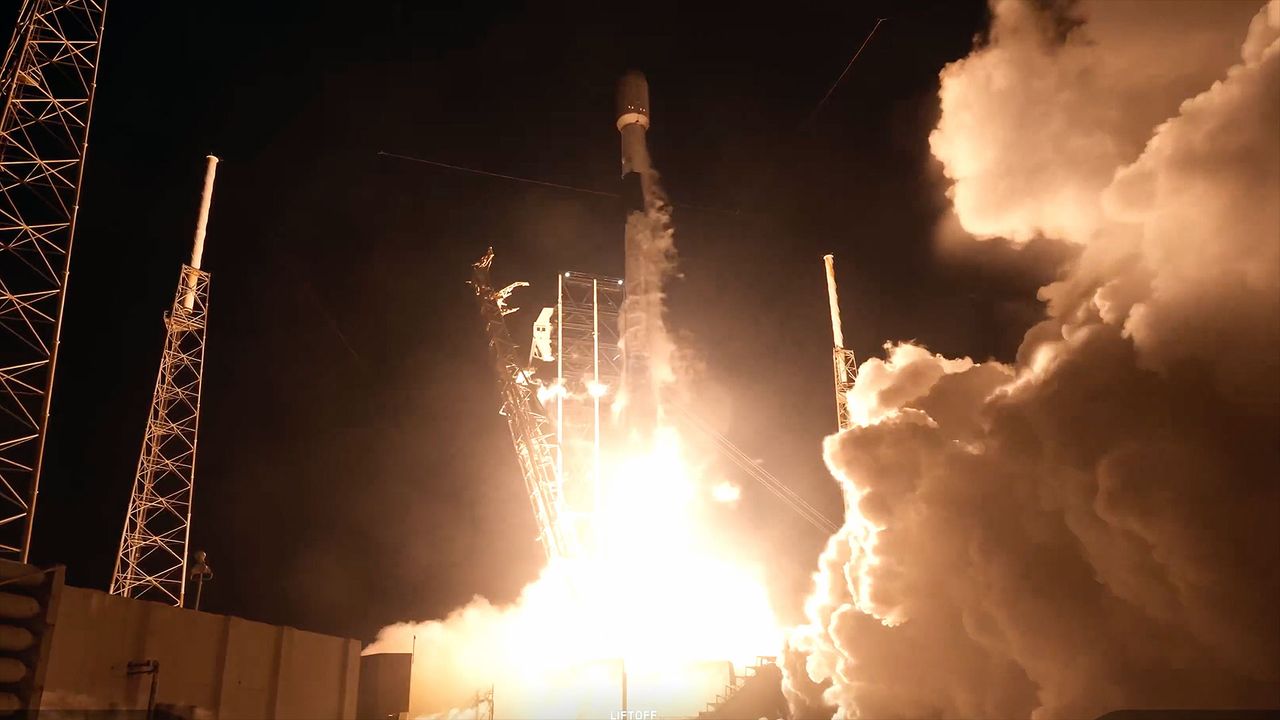A total of 28 Starlink satellites were successfully deployed into Earth orbit following a launch by SpaceX from Florida on the night of July 29, 2025. The Falcon 9 rocket lifted off at 23:37 EDT (03:37 GMT on July 30) from Space Launch Complex 40 at Cape Canaveral Space Force Station. This mission contributes significantly to SpaceX’s ongoing efforts to expand its broadband internet service globally.
The launch marked the 26th mission for the Falcon 9 rocket’s first stage, designated B1069. After completing its ascent, the booster made a successful landing on the droneship “Just Read the Instructions,” stationed in the Atlantic Ocean. This achievement underscores SpaceX’s advancements in reusable rocket technology, which has become a hallmark of their operations.
Expanding the Starlink Constellation
With this latest launch, the total number of active Starlink satellites in low Earth orbit has now surpassed 8,050, out of more than 9,300 launched since the program’s inception in 2018, according to satellite tracker Jonathan McDowell. The deployment of these broadband satellites is part of SpaceX’s strategy to provide high-speed internet access to underserved areas around the world.
So far in 2025, SpaceX has conducted 96 missions, with the vast majority utilizing the Falcon 9 rocket. The company plans to execute two additional launches within the week, including another Starlink mission on July 30 from California and a launch carrying the Crew-11 astronauts to the International Space Station on July 31 from NASA’s Kennedy Space Center in Florida.
As SpaceX continues to push the boundaries of space technology, the successful launch of these satellites reinforces its position as a leader in satellite internet solutions and space exploration. The ongoing expansion of the Starlink network is anticipated to enhance connectivity for millions globally, further transforming the landscape of internet accessibility.






































































